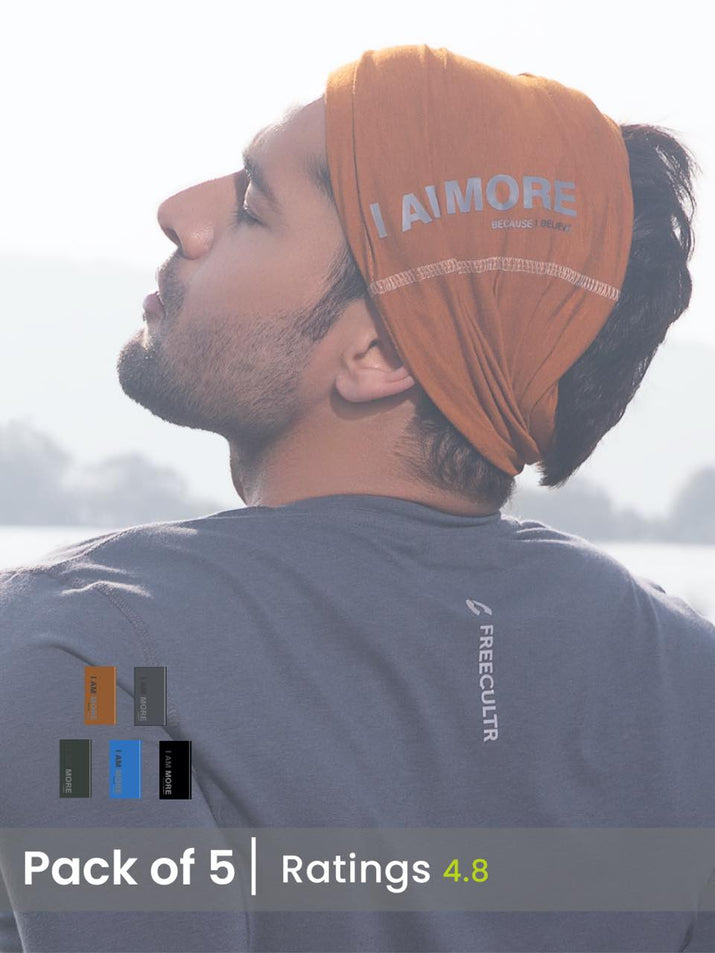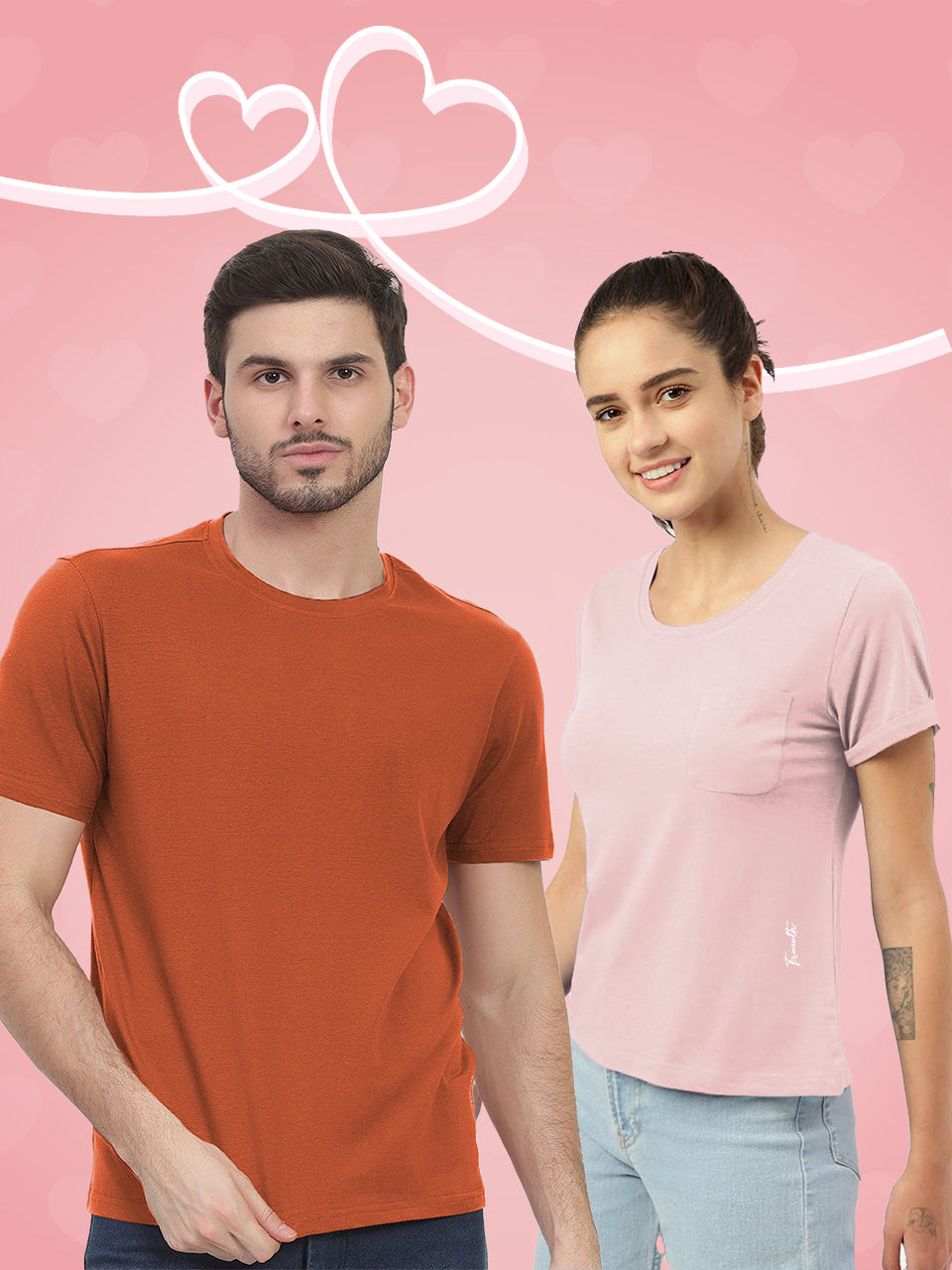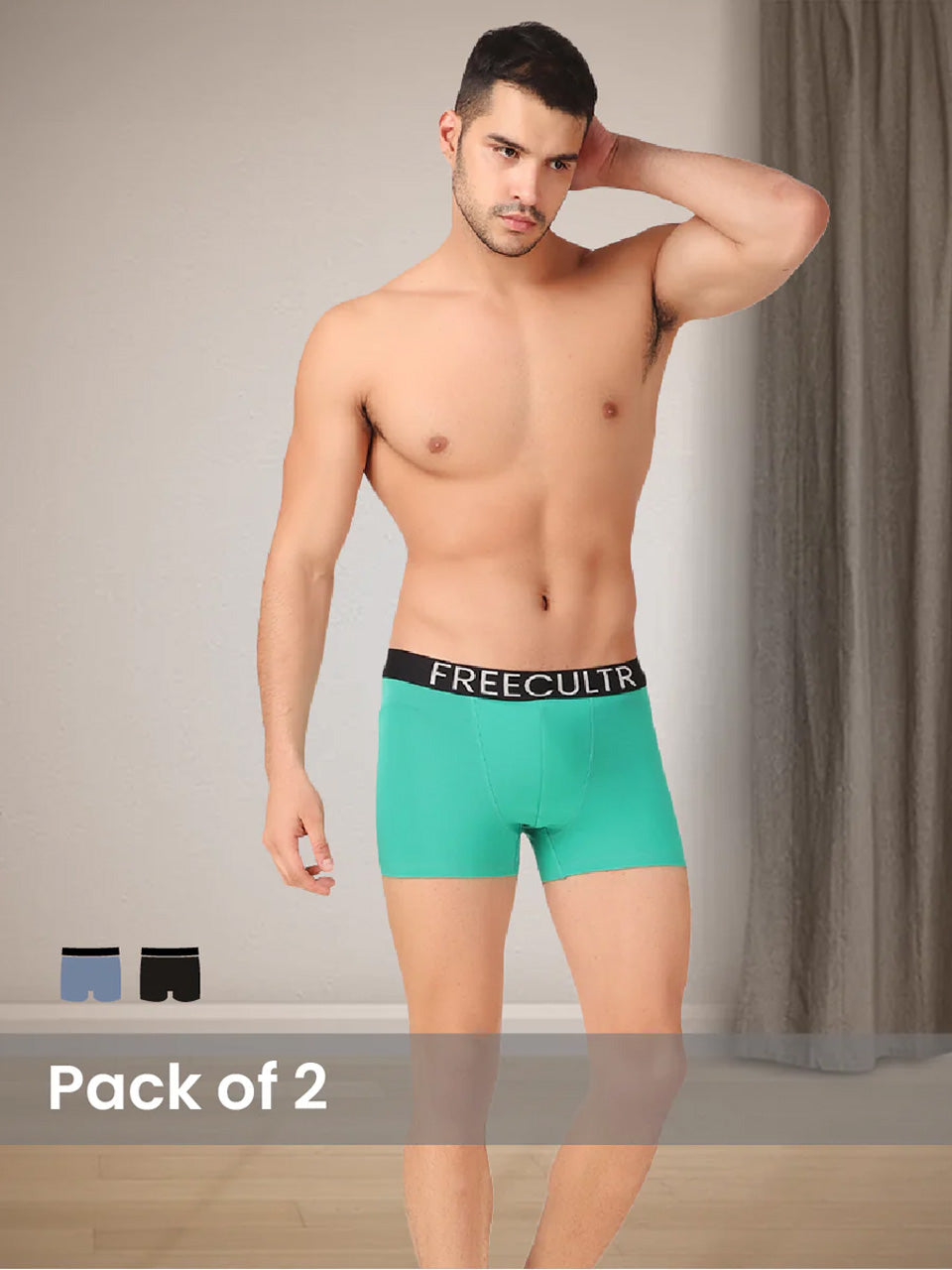Once a utilitarian staple, the bandana for men has transcended its origins, now functioning as a high-performance accessory integral to modern male wardrobes. Beyond its iconic stylistic versatility, contemporary designs incorporate advanced fabric technologies like micro-polyester blends and UPF 50+ rated materials, providing superior moisture management and robust sun protection crucial for outdoor pursuits, from trail running to motorcycling. Current trends highlight its adaptability, with custom-printed silk iterations gracing celebrity street style and practical applications dominating gorpcore aesthetics as a versatile neck gaiter or sweatband. This seemingly simple textile offers an evolving synthesis of personal expression and technical utility, reflecting a broader shift towards functional fashion and multi-purpose accessories.

The Enduring Appeal of the Bandana for Men
The bandana, a seemingly simple square of fabric, has transcended its utilitarian origins to become a powerful statement piece and a highly functional accessory in men's fashion. Far from being a mere relic of cowboy lore or biker culture, the modern bandana for men offers unparalleled versatility, blending effortlessly into diverse wardrobes from casual streetwear to rugged outdoor gear. Its enduring appeal lies in its adaptability, serving both as a stylish accent and a practical tool for sun protection, sweat management. even emergency use. This article delves into the multifaceted world of the bandana, exploring its materials, styling techniques. crucial protective benefits, empowering you to integrate this timeless accessory into your daily life.
More Than Just Fabric: Understanding Bandana Materials
The effectiveness and feel of a bandana for men largely depend on the material from which it's crafted. Each fabric offers distinct properties, influencing comfort, durability. protective capabilities. Understanding these differences is key to selecting the right bandana for your needs.
| Material Type | Key Characteristics | Pros | Cons | Ideal Use Case |
|---|---|---|---|---|
| Cotton | Soft, breathable, absorbent, natural fiber. | Comfortable, widely available, good for sweat absorption, classic look. | Can wrinkle easily, retains moisture longer than synthetics, less UV protection than denser weaves. | Everyday wear, casual styling, moderate sun protection. |
| Silk | Smooth, luxurious feel, natural sheen, hypoallergenic. | Elegant, lightweight, comfortable against skin, good for sensitive skin. | Delicate, requires careful washing, can be expensive, less durable for rugged use. | Formal accents, high-end styling, light sun protection. |
| Polyester/Synthetics | Durable, wrinkle-resistant, quick-drying, often moisture-wicking. | Excellent for active wear, high UPF ratings possible, holds shape well, good for sweat. | Less breathable than cotton, can feel less natural, may retain odors. | Sports, outdoor activities, strong sun protection, demanding conditions. |
| Blends (e. g. , Cotton-Poly) | Combines properties of different fibers. | Balances comfort with durability, often more affordable than pure materials, varied performance. | Properties vary widely depending on blend ratio. | General purpose, balancing comfort and performance. |
While cotton bandanas remain a classic for their comfort and breathability, those seeking enhanced sun protection or performance for activities like hiking or cycling might opt for synthetic blends specifically designed with high UPF (Ultraviolet Protection Factor) ratings and moisture-wicking properties. For instance, a quick-drying polyester bandana for men can be invaluable during an intense workout or a long day outdoors, managing sweat and providing consistent sun blocking.
Mastering the Art of Styling with a Bandana for Men
The true magic of the bandana lies in its stylistic versatility. A single bandana for men can be transformed into countless looks, adapting to personal expression and practical requirements.
Headwear: Protection and Panache
Wearing a bandana on the head is perhaps its most iconic application, offering both style and essential protection.
- The Headband Style Fold the bandana into a narrow strip and tie it around your forehead. This is excellent for keeping sweat out of your eyes during sports or manual labor, managing longer hair, or simply adding a casual, retro touch. It also provides targeted sun protection for the forehead and hairline.
- The Do-Rag/Skull Cap Style
- The Pirate Style Similar to the do-rag. often tied with a knot positioned slightly to the side or front, giving a more adventurous, free-spirited look. This style is popular for beach outings or festival wear.
Neckwear: Comfort and Cool
The neck is a common area for sun exposure. a bandana provides an elegant solution while adding a layer of style.
- The Classic Neckerchief Fold the bandana into a triangle, then roll it from the point towards the base. Tie it loosely around your neck with the knot at the front, side, or back. This offers a timeless, sophisticated look, reminiscent of classic Americana or European chic. It's excellent for protecting the back of your neck from the sun, or providing a touch of warmth on a cool evening.
- The Cowboy/Western Style
- The Ascot Knot For a more refined touch, fold the bandana into a strip and tie it in a simple ascot knot, allowing the ends to drape elegantly inside an open shirt collar. This elevates the bandana from a casual accessory to a statement of sartorial flair.
Beyond the Neck and Head: Creative Applications
The versatility of a bandana for men extends well beyond traditional head and neck placements.
- The Wristband Folded into a strip and tied around the wrist, a bandana can serve as a stylish accessory, a convenient sweatband during workouts, or even a subtle pop of color to an outfit. This is a subtle yet effective way to incorporate a bandana into your look.
- The Pocket Square
- Bag Accessory Tie a bandana around the strap of a backpack, messenger bag, or duffel bag to add a personal touch and distinguish your bag.
- Belt Loop Tie
These varied applications demonstrate how a single bandana for men can be a dynamic element in personal style, adapting to different occasions and needs.
The Science of Sun Protection: How a Bandana Shields You
Beyond its aesthetic appeal, a critical function of the bandana is its ability to provide sun protection. Understanding the principles behind this protection is vital, especially for outdoor enthusiasts or those with sensitive skin.
The primary metric for measuring sun protection in fabrics is the Ultraviolet Protection Factor (UPF). Unlike SPF (Sun Protection Factor) for sunscreens, which measures only UVB protection, UPF measures both UVA and UVB rays that penetrate the fabric. A UPF rating of 30-49 is considered "very good," while 50+ is "excellent."
How does a bandana achieve this protection?
- Material Density and Weave Densely woven fabrics block more UV radiation than loosely woven ones. For instance, a tightly woven cotton bandana will offer more protection than a sheer, thin one. Synthetic materials like polyester can be engineered with specific weaves and finishes to achieve very high UPF ratings.
- Fabric Thickness
- Color Darker colors tend to absorb more UV radiation, preventing it from reaching your skin. A dark blue or black bandana for men will typically offer slightly better protection than a white or light-colored one of the same weave.
- Coverage Area
Choosing the Right Bandana for Men: A Practical Guide
With the array of options available, selecting the ideal bandana for men involves considering several practical factors:
- Size Standard bandanas are typically 22x22 inches. This size is versatile for most head and neck applications. But, larger sizes (e. g. , 27x27 inches) offer more coverage, which can be beneficial for full head wraps or more elaborate neck ties. Smaller sizes might be suitable for wristbands or pocket squares.
- Pattern and Color
- Quality Indicators Look for well-stitched hems that won't fray easily. For cotton bandanas, a softer feel often indicates higher quality cotton. For synthetic fabrics, check for certifications like UPF ratings if sun protection is a priority.
Caring for Your Bandana: Longevity and Hygiene
Proper care ensures your bandana for men remains a functional and stylish accessory for years to come.
- Washing Instructions Most cotton bandanas can be machine washed with similar colors in cold water and tumble dried on low. For silk bandanas, hand washing with a gentle detergent and air drying is recommended. Synthetic bandanas usually tolerate machine washing but check the label for specific temperature guidelines. Washing regularly, especially if used for sweat absorption or sun protection, is crucial for hygiene.
- Drying
- Storage Fold or roll your bandanas neatly to prevent wrinkles and keep them organized. Store them in a drawer or hung up to maintain their shape and readiness for use.
By following these simple care instructions, your bandana will continue to be a reliable companion for both style and protection.
Conclusion
Ultimately, the men's bandana transcends its simple fabric form, emerging as an indispensable tool for both dynamic styling and essential sun protection. Don’t confine it to just one look; embrace its true versatility by experimenting. For instance, try it as a modern neckerchief, a nod to the current utilitarian trend seen across streetwear, or fold it into a slim headband to keep sweat at bay during your next outdoor adventure – I’ve found this particularly effective on long trail runs. This seemingly humble accessory offers a unique opportunity to inject personal flair into your daily attire while providing practical benefits. Let your bandana be more than just an afterthought; make it a deliberate choice to elevate your comfort and style, effortlessly transitioning from a sun shield on a bright day to a subtle statement piece for an evening out. It’s time to unlock the full potential of this understated game-changer and make it a staple in your wardrobe.More Articles
Tees – Durable Quality & Everyday VersatilityMen's T-Shirt – Everyday Comfort & Effortless Style
Tees – Soft Fabric & Effortless Casual Style
Men's Inner Wear – Seamless Fit & Odor Control
Men's Inner Wear – Optimal Comfort & Moisture-Wicking
FAQs
What's the main appeal of a men's bandana?
Men's bandanas are incredibly versatile! They're not just a cool fashion accessory; they also offer practical benefits like sun protection, sweat absorption. can even keep your hair out of the way during activities or work.
How many ways can I actually wear one of these?
You'd be surprised! You can wear it as a classic headband, a neckerchief, tied around your wrist, peeking out of a back pocket, or even as a makeshift face covering. It's all about personal style and what you need it for at the moment.
Does a bandana really offer good sun protection for my head or neck?
Absolutely! When worn correctly, a bandana provides a physical barrier against harmful UV rays for your scalp, neck, or face. It's a great way to reduce sun exposure, especially when you're outdoors for extended periods, though it's not a substitute for sunscreen on exposed skin.
Are these bandanas comfortable to wear all day, especially in hot weather?
Many bandanas, particularly those made from breathable cotton or similar blends, are very comfortable. They're lightweight and can help wick away sweat, making them a good choice even on warm days. Look for natural fibers for the best breathability.
How do I keep my bandana clean? Is it complicated to wash?
Not at all! Most bandanas are machine washable. Just toss them in with your regular laundry on a cool or warm cycle. For best results and to prevent fading, you might want to wash dark colors separately initially. Air drying is usually best to maintain their shape and fabric quality.
Can I use a bandana for anything besides wearing it?
Definitely! Beyond styling, bandanas can be surprisingly handy for a quick wipe-down, a makeshift cooling compress when wet, or even as a small emergency sling or bandage. They're quite practical for outdoor adventures or just daily life.
Do men's bandanas come in different sizes, or is one size fits all?
Most traditional bandanas are a standard square size, typically around 22x22 inches, which works for most head and neck sizes when folded. But, you might find some larger or smaller variations, or tubular styles, so always check the product description if you have specific needs.






